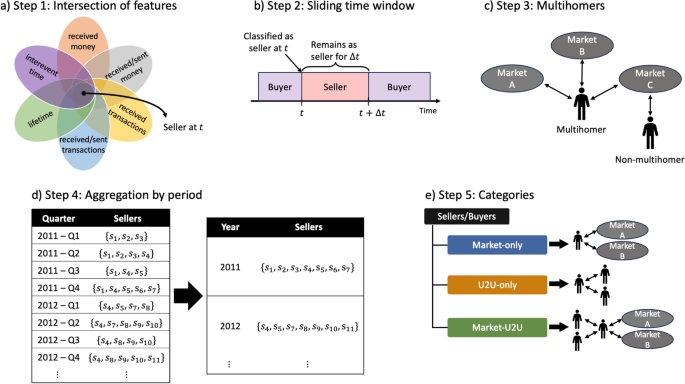
The Impact of Regulatory Changes on Bitcoin's Market Dynamics
In the wake of substantial regulatory shifts in both the United States and globally, Bitcoin (BTC) has demonstrated notable resilience and adaptability. As of April 22, 2025, Bitcoin is trading at approximately $87,300, with a market capitalization exceeding $2.74 trillion. This recovery marks a significant rebound from recent lows, largely driven by increased institutional interest and strategic buying, amidst a period characterized by evolving regulatory landscapes.

Current Market Overview
The cryptocurrency market is currently dominated by Bitcoin and stablecoins, which together account for approximately 72% of the total market capitalization. This dominance reflects a growing preference for these assets amidst increasing regulatory clarity and institutional adoption. Factors contributing to this trend include the recognition of cryptocurrencies as legitimate assets and their perceived utility as a hedge against inflation and market volatility.
Regulatory Landscape
The regulatory environment surrounding cryptocurrencies has undergone a significant transformation, especially with the advent of the Trump administration's policies. Notably, the establishment of a strategic reserve for Bitcoin and other digital assets has signaled a commitment to fostering innovation within the sector.
The recent appointment of Paul Atkins as the new chair of the Securities and Exchange Commission (SEC) is pivotal. Atkins, a proponent of cryptocurrency-friendly regulations, is expected to expedite the formulation of regulatory frameworks that support innovation while ensuring investor protection. His leadership could potentially shift the SEC's approach from cautionary to encouraging, facilitating a more inclusive environment for cryptocurrency investments.
Institutional Interest
Institutional investors are increasingly allocating funds to Bitcoin, with projections indicating that it could reach $250,000 by the end of 2025. This optimism is underpinned by the growing recognition of cryptocurrencies as viable investment vehicles and their ability to act as a safeguard against economic uncertainties. Prominent financial institutions, including several hedge funds and banks, are actively integrating Bitcoin into their portfolios, further solidifying its status in the financial ecosystem.
Moreover, the possibility of Bitcoin exchange-traded funds (ETFs) is gaining traction, with regulatory approvals potentially on the horizon. The forthcoming Pectra upgrade on the Ethereum blockchain is also expected to enhance overall blockchain stability and efficiency, contributing to improved market sentiment around cryptocurrencies.
Market Sentiment and Future Outlook
Despite recent fluctuations in Bitcoin's price, its resilience amidst regulatory changes reflects robust underlying demand from both institutional and retail investors. Analysts suggest that maintaining critical support levels will be essential for Bitcoin's continued growth. Current market sentiment indicates that if stabilization occurs, Bitcoin could target $110,000 in the near term. This optimistic outlook is bolstered by various indicators, including bullish trading patterns, increased retail participation, and a strong correlation with the performance of traditional financial markets.
Conclusion
As regulatory frameworks evolve, Bitcoin's market dynamics are likely to shift further. Investors are advised to remain vigilant and adaptable, leveraging insights from ongoing market trends and regulatory developments to inform their strategies in this volatile yet promising asset class. The alignment of regulatory support with growing institutional adoption presents a unique opportunity for investors, highlighting the need for strategic foresight in navigating the complexities of the cryptocurrency landscape.

Keywords
Bitcoin, Regulation, Market Dynamics, Institutional Investment, Cryptocurrency